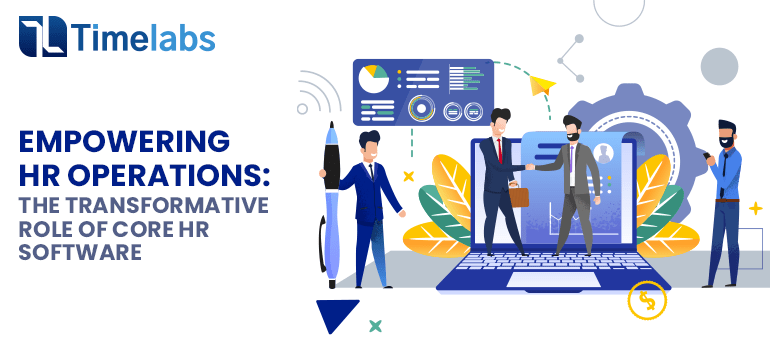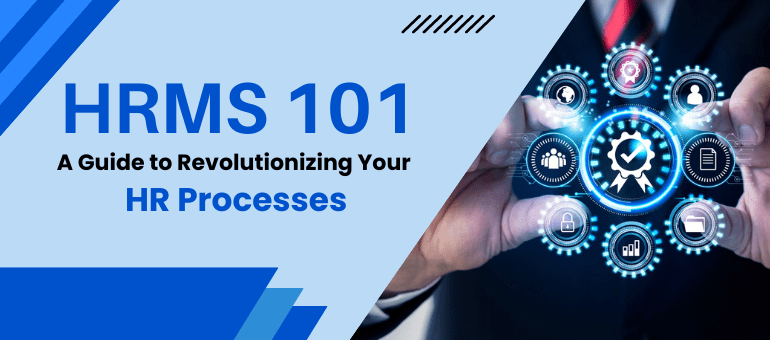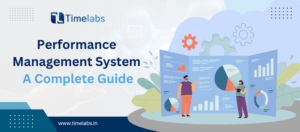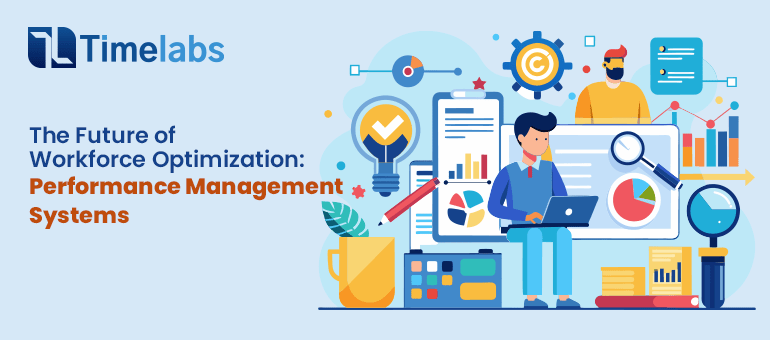In today’s rapidly evolving business landscape, effective human resources management has become a strategic imperative, even for small and medium-sized enterprises. However, the complexity of administrative tasks and limited resources often pose significant challenges for entrepreneurs and HR professionals. Fortunately, the emergence of innovative core HR software solutions has revolutionized the way organizations manage their HR operations, enabling them to streamline processes, enhance employee engagement, and drive strategic initiatives.
Defining Core HR Software: The Backbone of Workforce Management
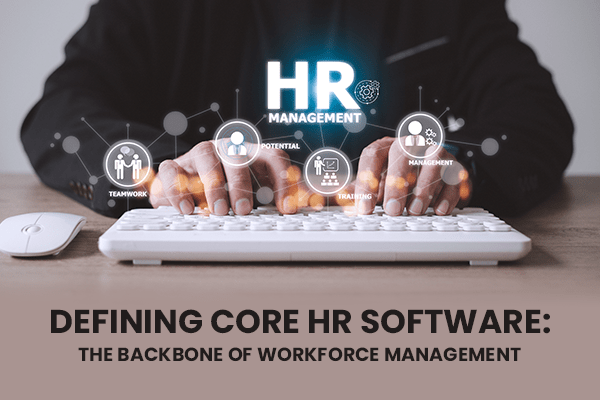
Core HR software, also known as HRIS (Human Resource Information System) or HRMS (Human Resource Management System), refers to a comprehensive and integrated suite of digital tools designed to centralize and automate essential HR functions. These powerful platforms serve as the foundation for efficient workforce management, providing a centralized hub for managing employee data, streamlining HR processes, and empowering HR teams to focus on strategic priorities.
The Anatomy of Core HR Software
Core HR software typically encompasses a range of modules and functionalities, including:
- Employee Database Management: Maintaining a centralized repository for storing and managing comprehensive employee information, such as personal details, work history, benefits, and performance records.
The adoption of core HR software has proven to be a game-changer for organizations, unlocking a myriad of benefits that contribute to increased efficiency, enhanced compliance, and a thriving workforce. Let’s explore the key advantages of embracing these transformative HR solutions:
Increased Efficiency and Productivity
Core HR software significantly reduces manual administrative tasks, automating routine processes such as data entry, payroll calculations, and leave management. This automation not only minimizes the risk of errors but also frees up HR professionals to focus on more strategic roles, driving greater overall productivity and efficiency.
Improved Compliance and Risk Management
By automating HR processes and generating comprehensive reports, core HR software ensures compliance with labor laws, employment regulations, and tax obligations. This mitigates the risk of penalties and legal consequences, allowing organizations to operate with confidence and peace of mind.
Centralized Employee Data and Improved Accessibility
With a centralized employee database, core HR software provides a single source of truth for all employee-related information. This centralization enables easy access to data, facilitates informed decision-making, and supports the development of data-driven HR strategies.
Streamlined Recruitment and Onboarding
Core HR software streamlines the recruitment process by automating job postings, resume screening, and interview scheduling. Additionally, it facilitates smoother onboarding procedures, ensuring new hires feel welcomed and integrated into the organization from day one.
Enhanced Performance Evaluation and Talent Management
Effective performance management is crucial for organizations seeking growth and employee engagement. Core HR software offers tools for setting goals, tracking competencies, and conducting performance appraisals, enabling fair evaluations and the development of robust talent management frameworks.
Empowered Employee Engagement and Self-Service
Many core HR software solutions provide self-service functionalities, empowering employees to access and update their own information, request time off, and view pay stubs. This not only fosters a sense of ownership but also saves HR personnel valuable time, contributing to enhanced employee engagement and satisfaction.
Strengthened Data Security
Core HR software typically comes equipped with robust security measures to protect sensitive employee data. Encryption, access controls, and regular backups ensure that critical information remains secure, safeguarding both the organization and its employees.
Navigating the Core HR Software Landscape
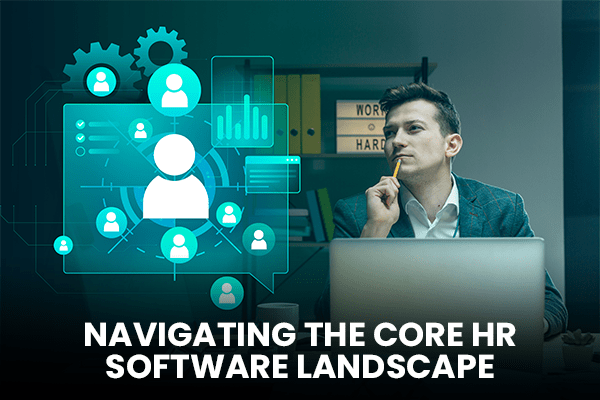
Selecting the right core HR software for your organization is a crucial step in transforming HR operations. To ensure a successful implementation, consider the following key factors:
Assessing Business Needs
Begin by thoroughly understanding your organization’s specific HR requirements and pain points. Evaluate factors such as company size, budget, the complexity of HR operations, and the need for scalability to identify the most suitable software solution.
Evaluating Feature Sets
Carefully review the feature set of potential core HR software solutions, aligning them with your identified needs. Look for customizability, integration capabilities, ease of use, comprehensive support, and the ability to scale as your business grows.
Conducting Vendor Research
Engage in thorough research on software vendors to ensure their credibility, reliability, and industry reputation. Consider factors such as customer reviews, testimonials, and the availability of robust customer support.
Exploring Demo and Trial Periods
Request software demos and take advantage of trial periods to assess the user experience, functionality, and compatibility with your organization’s unique business processes before making a final decision.
Must Read: Training vs Development in HRM: Understanding the Key Differences
The Future of Core HR Software: Embracing AI and Machine Learning
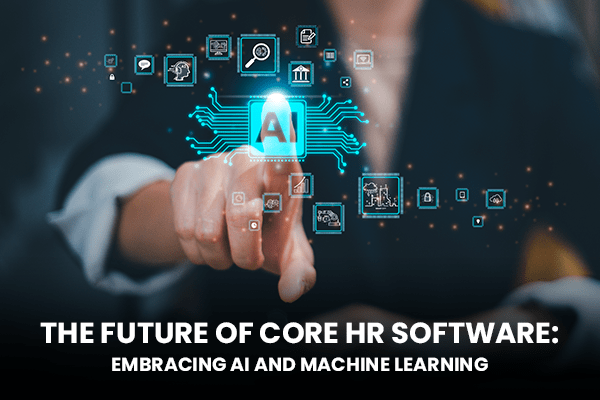
As the HR landscape continues to evolve, the future of core HR software is poised to be transformed by the integration of Artificial Intelligence (AI) and Machine Learning (ML) technologies. These cutting-edge advancements are set to revolutionize how HR functions operate, providing data-driven insights and predictive analytics to enhance decision-making processes.
AI-Powered Recruitment and Talent Acquisition
AI-driven core HR software will streamline the recruitment process by automating candidate screening, resume parsing, and the matching of applicants to job requirements. This will not only improve the efficiency of the hiring process but also enable organizations to identify and acquire top talent more effectively.
ML-Driven Workforce Analytics and Retention
Machine Learning algorithms integrated within core HR software will analyze employee data, identify patterns and trends, and predict potential turnover. This will empower HR professionals to proactively address issues and implement strategies for employee retention, fostering a more engaged and loyal workforce.
Enhancing the Employee Experience
With the integration of AI and ML, core HR software will be equipped to optimize workforce management and elevate the employee experience to new heights. Predictive analytics and personalized recommendations will enable organizations to better understand and cater to the needs of their employees, leading to increased job satisfaction, productivity, and retention.
Empowering HR Operations with Timelabs Core HR Software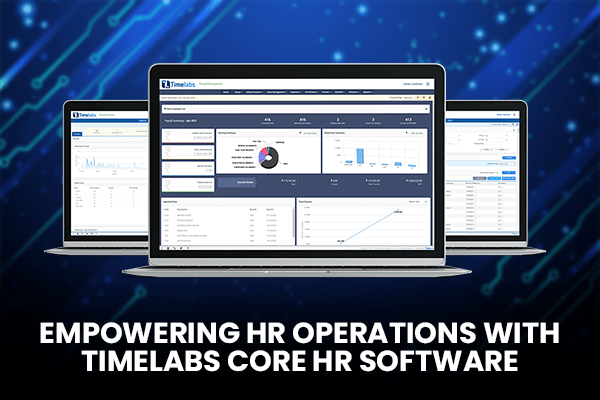
At Timelabs, we are committed to empowering organizations with innovative core HR software solutions that transform HR operations and drive business success. Our comprehensive platform seamlessly integrates essential HR functions, providing a centralized hub for managing employee data, streamlining processes, and enabling strategic HR initiatives.
Timelabs’s Core HR Software Features
- Centralized Employee Database: Maintain a single source of truth for all employee information, ensuring data accuracy and accessibility.
- Automated Payroll and Compliance: Streamline payroll calculations, tax deductions, and regulatory compliance, minimizing the risk of errors and penalties.
- Seamless Recruitment and Onboarding: Simplify the hiring process and create a smooth onboarding experience for new hires.
- Robust Performance Management: Facilitate goal setting, competency tracking, and performance appraisals to foster employee growth and development.
- Intuitive Time and Attendance Tracking: Monitor employee attendance, leave management, and absenteeism for efficient workforce planning and payroll processing.
- Empowered Employee Self-Service: Empower your workforce with self-service capabilities, enabling them to access and update their own information.
- Comprehensive Reporting and Analytics: Generate insightful reports and leverage data-driven analytics to make informed HR decisions.
Experience theTimelabs Difference
At Timelabs, we understand the unique challenges faced by organizations in today’s dynamic business environment. That’s why we’ve designed our core HR software to be a transformative solution, empowering HR teams to streamline operations, enhance employee engagement, and drive strategic initiatives that contribute to long-term success.
Experience the power of Timelabs’s core HR software and unlock the full potential of your workforce. Contact us today to schedule a demo and explore how our innovative platform can revolutionize your HR operations.
Conclusion
The adoption of core HR software has emerged as a game-changer in the modern business landscape, revolutionizing the way organizations manage their human resources. By centralizing employee data, automating administrative tasks, and empowering HR professionals, these transformative solutions have unlocked a myriad of benefits, including increased efficiency, improved compliance, and enhanced employee engagement.
As the future of HR unfolds, the integration of Artificial Intelligence and Machine Learning within core HR software promises to further elevate workforce management and the employee experience. Organizations that embrace these technological advancements will be well-positioned to navigate the evolving dynamics of the global workplace, nurturing a thriving and engaged workforce that drives sustained growth and success.
Timelabs’s comprehensive core HR software solution stands at the forefront of this transformation, empowering organizations to streamline HR operations, foster employee well-being, and unlock the full potential of their human capital. By partnering with Timelabs, you can embark on a journey of HR excellence, transforming your workforce management and positioning your business for long-term success in the digital age.
